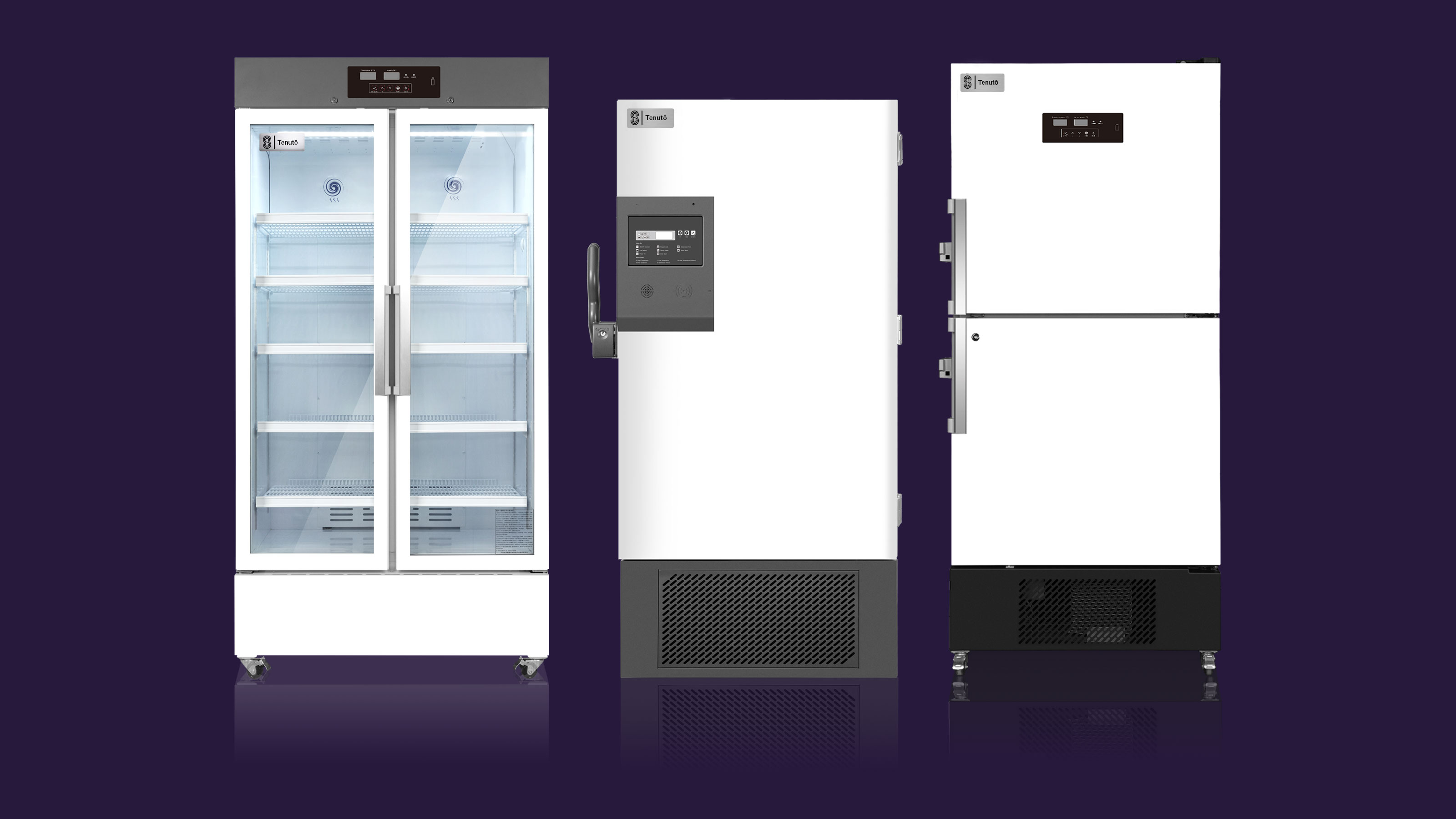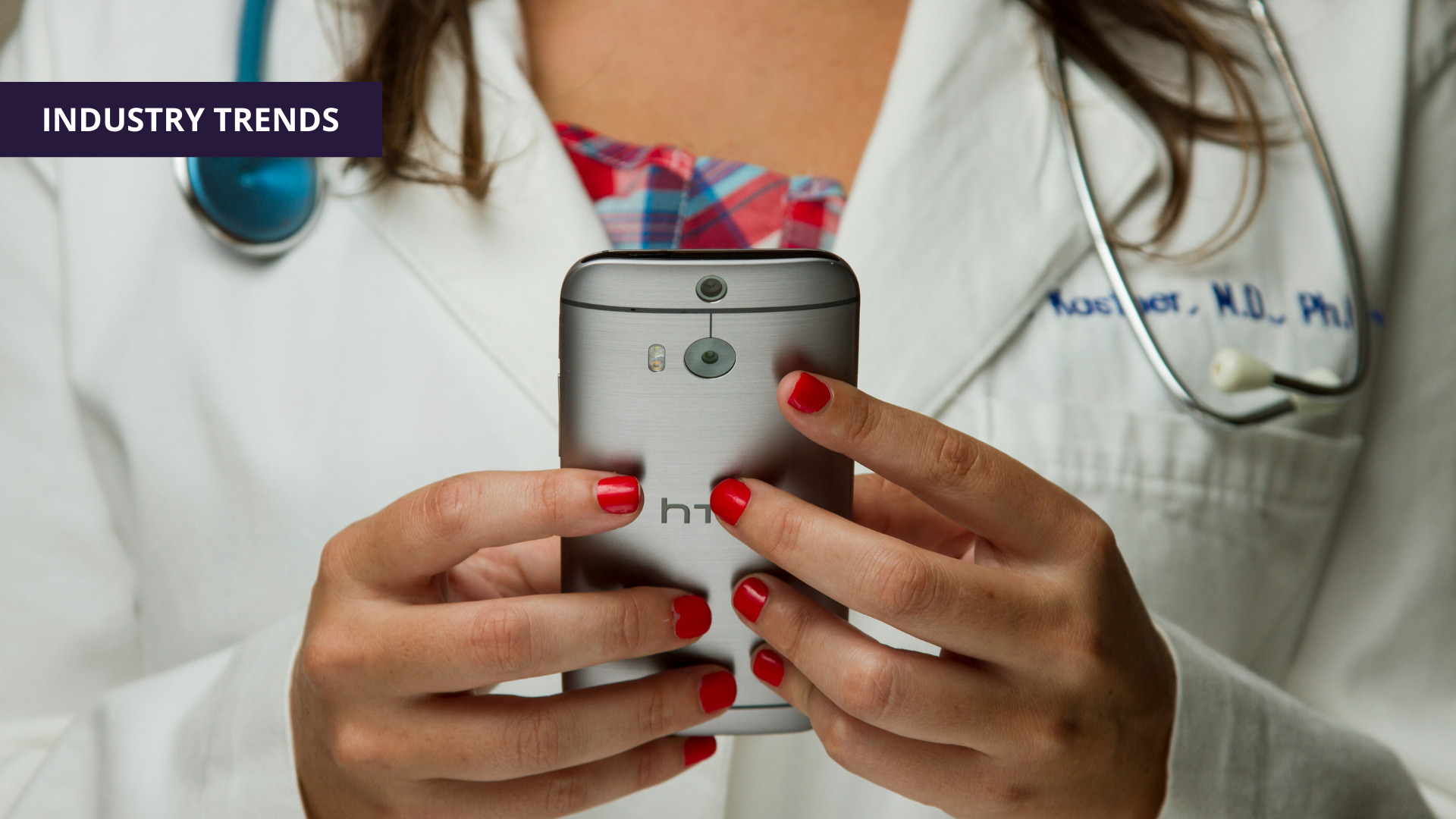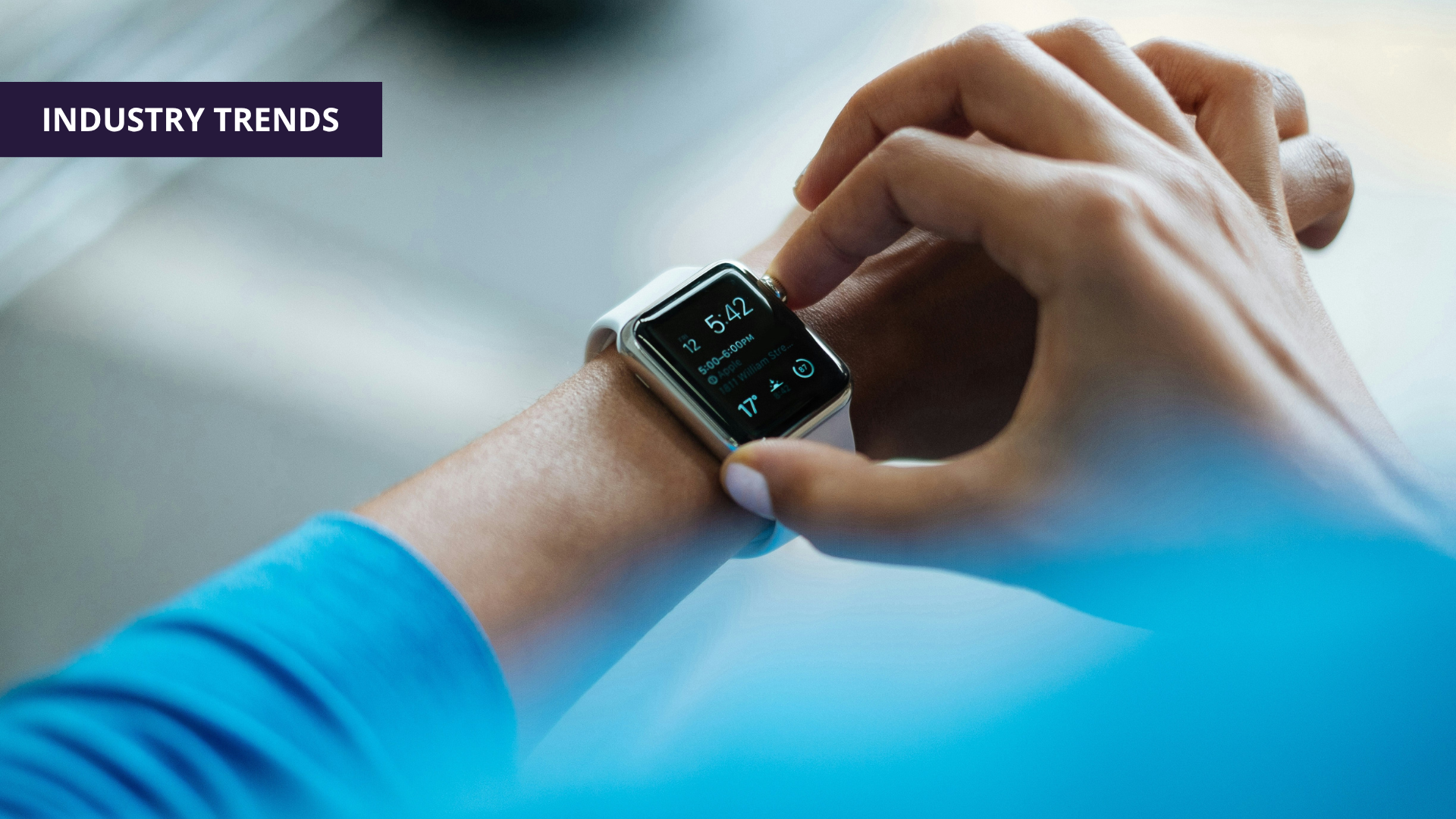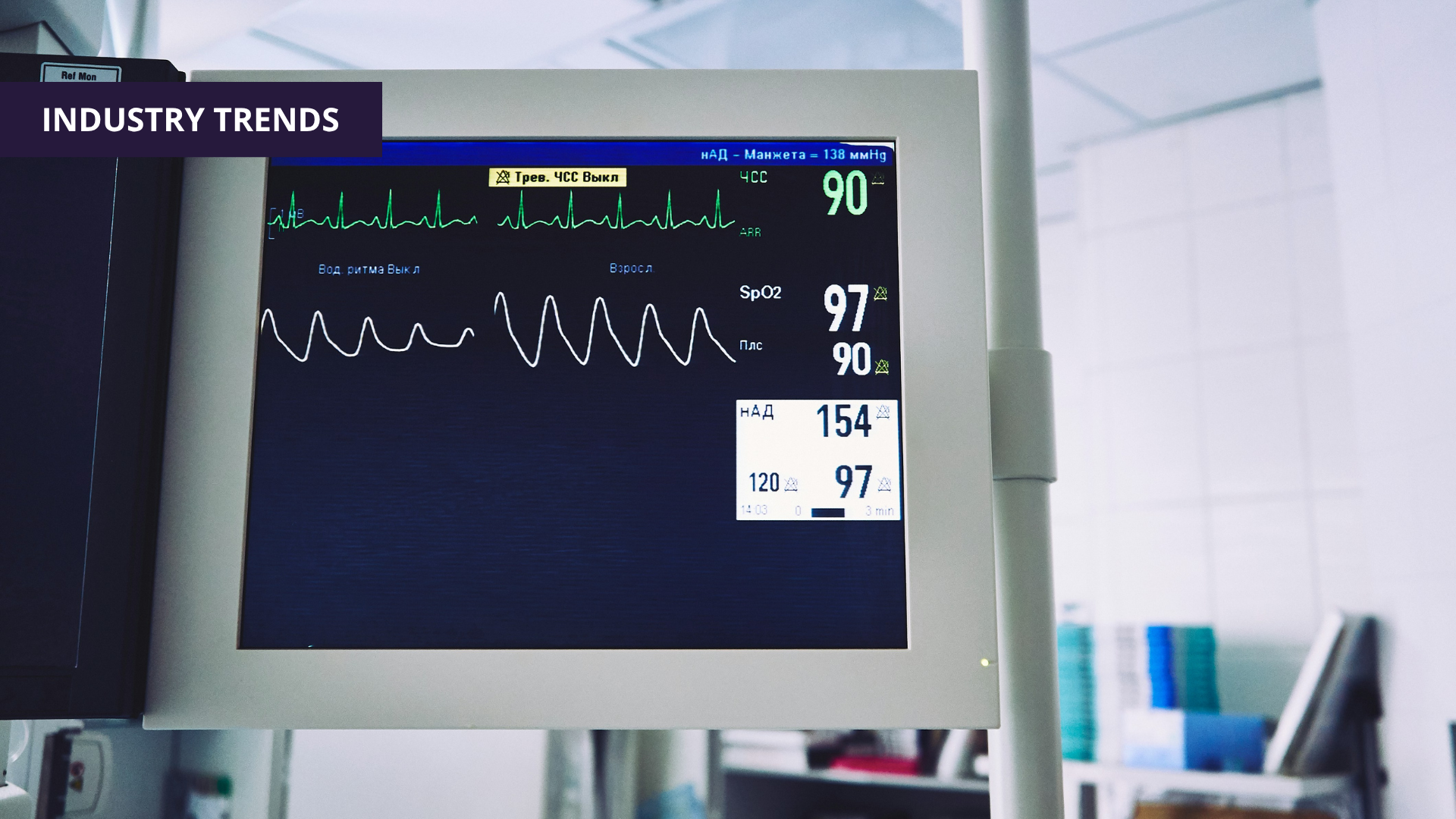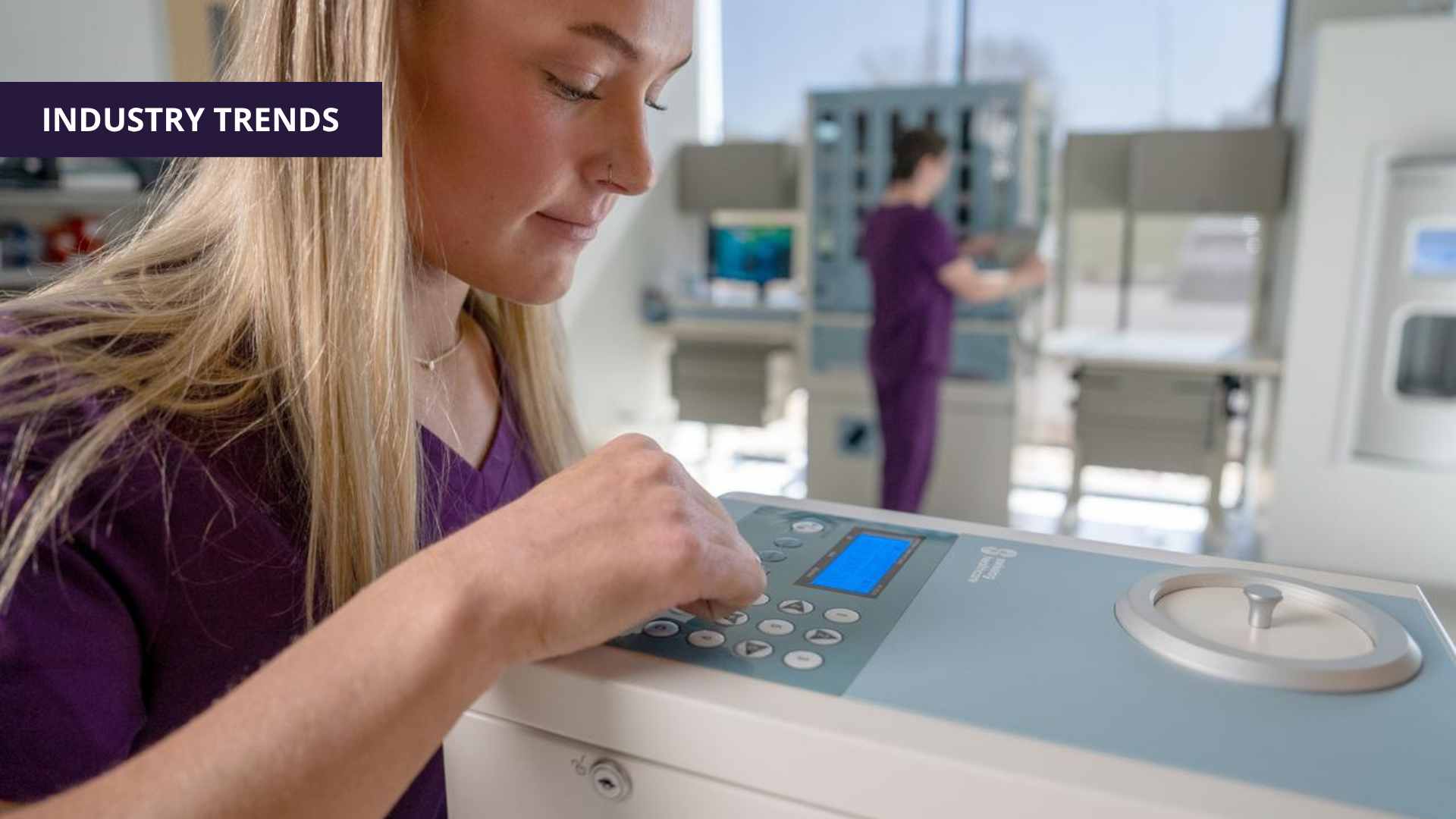Jeff Erbert | 11 October, 2024
In The Crosshairs of Cybercriminals
As technology and the internet-of-things (IoT) becomes increasingly omni-present, so too does the threat of cyber-attack. Unfortunately, these vulnerabilities will affect many industries, but healthcare institutions have become an especially lucrative target. Protected health information (PHI) has proven to be some of the most valuable information, fetching anywhere from $250-$1000 per piece on the Dark Web. To compare, credit card information is worth approximately $110 and a social security number fetches only $1. Then there’s the fact that hospitals rely on technology to administer life-saving care, making a successful ransomware particularly grave.
What Is Protected Health Information (PHI)?
Protected health information (PHI) refers to any data related to an individual’s health or medical history. In other words, any health care services, insurance specifics, or payment for health care that can be linked to a specific person. PHI typically includes a wide range of information, such as:
- Medical records (e.g., test results, diagnoses, treatment plans)
- Health insurance information
- Doctor's notes
- Billing information
- Identifiable details like name, birthdate, address, and Social Security number
- Prescriptions
Regulations Concerning Protected Health Information
In the United States, patient health information is protected by the Health Insurance Portability and Accountability Act of 1996 or HIPPA. According to the United States Department of Health and Human Services, there are no restrictions on the use or disclosure of de-identified health information. However, protected health information is not to be disclosed except in following situations:
- (1) To the Individual (unless required for access or accounting of disclosures)
- (2) Treatment, Payment, and Health Care Operations
- (3) Opportunity to Agree or Object
- (4) Incident to an otherwise permitted use and disclosure
- (5) Public Interest and Benefit Activities
- (6) Limited Data Set for the purposes of research, public health or health care operations
Should a security breach occur, federal law requires healthcare providers to notify the potentially effected parties of the breach. If the security breach affects more than 500 residents of a jurisdiction or state, prominent media outlets serving that jurisdiction or state must be notified by the healthcare provider.




